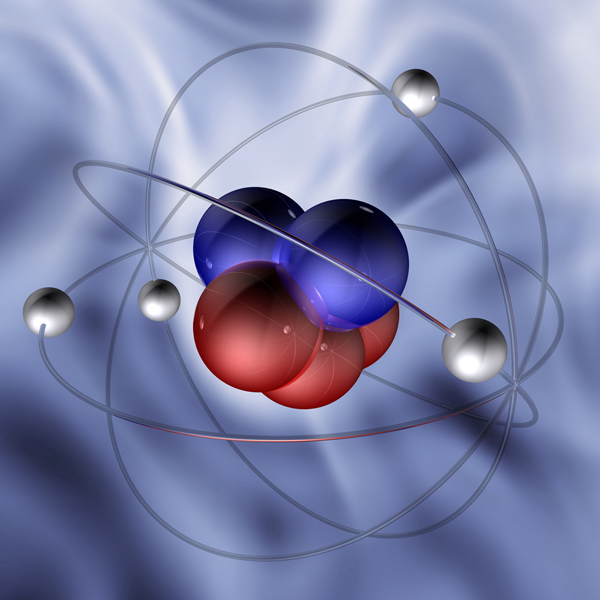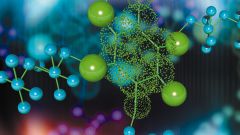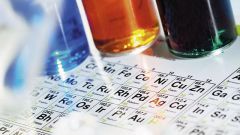You will need
- Table D. I. Mendeleev
Instruction
1
In the table of Mendeleyev, as in high-rise apartment building "live" chemical elements, each of which occupies its own apartment. Thus, each element has a specific serial number indicated in the table. Chemical numbering of elements starts from left to right, and top. In the table horizontal rows are called periods and the vertical columns – groups. This is important, because the group number or period, you can also give a characterization of some parameters of the atom.
2
Atom is a chemically indivisible particle, but composed of smaller constituent parts, which include protons (positively charged particles), electrons (negatively charged) and neutrons (neutral particles). The main mass of the atom concentrated in the nucleus (protons and neutrons), around which revolve electrons. Overall the atom is electrically neutral, i.e. the number of positive charges coincides with the number of negative, consequently, the number of protons and electrons the same. The positive charge of the nucleus of the atom is the place to be due to protons.
3
You must remember that the sequence number of a chemical element coincides quantitatively with the charge of the nucleus of the atom. Therefore, in order to determine the charge of the nucleus of an atom , you need to look what number is this chemical element.
4
Example No. 1. Determine the charge of the nucleus of an atom of carbon (C). Begin to analyze the chemical element carbon, focusing on the table of D. I. Mendeleev. The carbon is in the "apartment" number 6. Consequently, he has charge of the nucleus +6 due to the 6 protons (positively charged particles), which are located in the nucleus. Given that the atom is electrically neutral, so electrons will also be 6.
5
Example No. 2. Determine the charge of the nucleus of an atom of aluminum (Al). Aluminium has a serial number - No. 13. Therefore, the charge of the nucleus of an atom of aluminum +13 (through 13 protons). Electrons will also be 13.
6
Example No. 3. Determine the charge of the nucleus of an atom of silver (Ag). Silver has a serial number - No. 47. So the charge of the nucleus of an atom of silver + 47 (by 47 protons). Electrons also 47.
Note
In the table of D. I. Mendeleev in the same cell for each chemical element contains two numeric values. Do not confuse the sequence number and the relative atomic mass of an element


